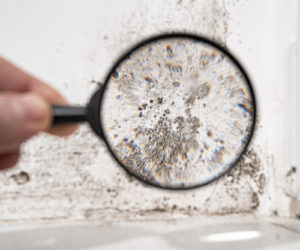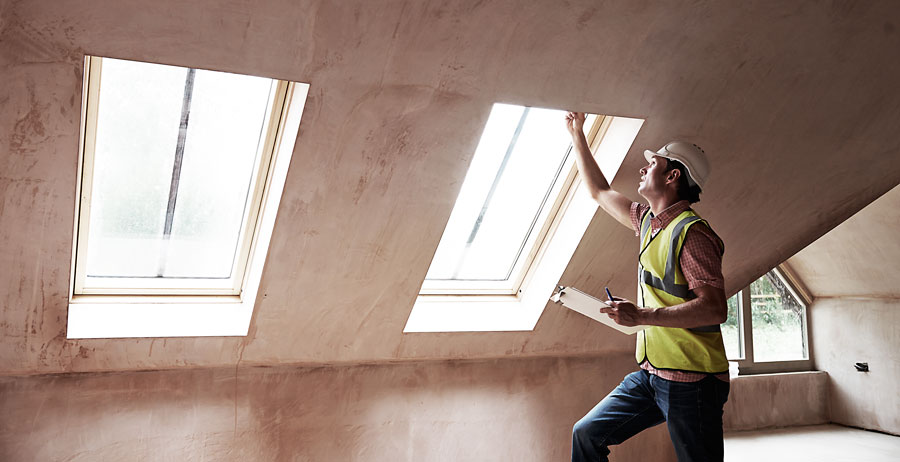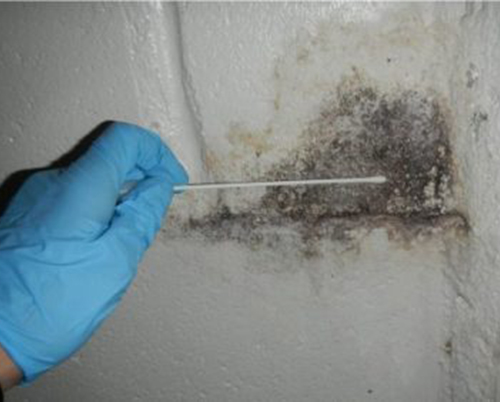Essential Actions After Mold Remediation
Essential Actions After Mold Remediation
Blog Article
Your Ultimate Overview to Blog Post Mold And Mildew Removal Strategies
In the after-effects of mold problem, knowing how to efficiently eradicate the mold and mildew and stop its reoccurrence is critical for preserving a healthy interior environment. From selecting the right cleansing and disinfecting approaches to implementing approaches for lasting mold avoidance, each action in the remediation trip plays a critical function in making certain a successful end result.
Recognizing Post-Mold Remediation Refine
After completing the mold removal procedure, it is critical to understand the post-mold remediation strategies that are required to make certain a detailed and reliable clean-up. Once the mold and mildew has actually been removed, the next action involves cleansing and disinfecting the impacted areas to stop any kind of regrowth of mold and mildew.
Additionally, carrying out a last inspection post-remediation is important to make certain that all mold has been efficiently removed. This examination must involve a detailed visual check in addition to potentially air sampling to verify the absence of mold and mildew spores in the air. Extra removal might be essential if the examination exposes any type of sticking around mold and mildew. Lastly, enlightening residents on safety nets such as controlling moisture levels and immediately dealing with any kind of water leaks can assist preserve a mold-free atmosphere.
Effective Cleansing and Sanitizing Approaches

Stopping Future Mold And Mildew Growth

Relevance of Correct Ventilation
Correct browse around this site ventilation plays a crucial role in preventing dampness buildup, a vital aspect in mold development within indoor settings. Efficient air flow systems help get rid of excess moisture from the air, reducing the possibilities of mold and mildew spores discovering the moisture they require to spread out and germinate. Without ample ventilation, interior spaces can end up being a reproduction ground for mold, causing potential health and wellness risks and structural damages.
By ensuring appropriate air flow, air flow systems can also assist in drying out damp locations quicker after water damages or flooding incidents, additionally deterring mold and mildew development. what to do after mold remediation. In areas like washrooms, kitchen areas, attic rooms, and cellars where dampness levels have a tendency to be higher, installing and maintaining efficient air flow systems is essential in preventing mold and mildew problems

Monitoring and Upkeep Tips
Offered the crucial function that proper air flow plays in stopping mold and mildew development, it is essential to develop effective tracking and upkeep suggestions to make certain the ongoing performance of air flow systems. Routine examinations of ventilation systems should be conducted to inspect for any kind of indicators of clogs, leakages, or malfunctions that could hamper correct air movement. Tracking moisture degrees within the residential property is likewise vital, as high humidity can add to mold and mildew growth. Installing a hygrometer can aid track humidity levels and alert property owners to any kind of spikes that may need attention. Furthermore, making sure that air filters are consistently cleaned up or changed is vital for maintaining the performance of the ventilation system. Implementing a schedule a fantastic read for routine maintenance jobs, such as duct cleansing and HVAC system evaluations, can assist avoid concerns before they escalate. By remaining alert and positive to the condition of ventilation systems, residential or commercial property owners can effectively alleviate the threat of mold and mildew regrowth and preserve a healthy indoor atmosphere.
Final Thought
In conclusion, post-mold removal techniques are vital for making sure a tidy and safe atmosphere. Understanding the process, implementing reliable cleaning and sanitizing approaches, protecting against future mold see this here and mildew development, preserving proper air flow, and regular surveillance are all essential actions in the removal process. By adhering to these standards, you can successfully eliminate mold and mildew and prevent its return, working or advertising a healthy living area for all residents.
In the results of mold infestation, understanding just how to effectively remove the mold and prevent its reoccurrence is paramount for preserving a healthy and balanced indoor atmosphere. As soon as the mold has been eliminated, the next action involves cleansing and disinfecting the influenced locations to prevent any kind of regrowth of mold - testing air quality after mold remediation. After getting rid of noticeable mold development, it is vital to cleanse all surfaces in the damaged location to eliminate any type of continuing to be mold and mildew spores. To better enhance mold avoidance actions, it is crucial to address underlying problems that at first led to mold advancement.Provided the essential role that proper ventilation plays in stopping mold development, it is vital to develop efficient tracking and maintenance ideas to make sure the ongoing capability of air flow systems
Report this page